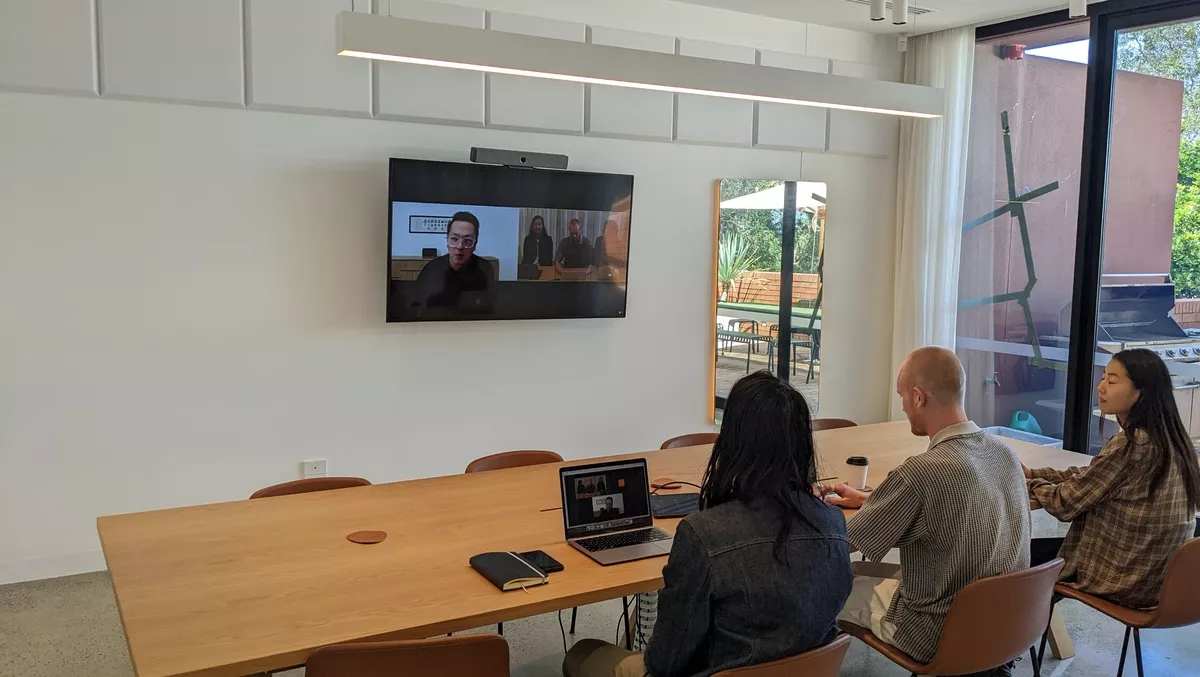The way we hunt for and buy products has forever changed with innovative technology designed to take customers from their initial curiosity through to purchase. The COVID-19 pandemic has further accelerated this transition and brought video solutions to the fore in a whole new way.
Interestingly, a recent survey of New Zealand consumers from Shopify revealed that 88% of New Zealanders say that COVID-19 has or will impact how they shop. The most common outcome is increased online shopping (mentioned by 60% of shoppers). Within Australia, Shopify found that 83% of shoppers say it's crucial that a brand now has an online presence, with only 7% per cent saying it only mattered if that presence is better than the in-store experience.
In 2020, when shop fronts were forced to close, retail businesses had to rethink many aspects of their business model, from communicating with staff to reimagining the customer experience. The move to a hybrid model, where stores invested in physical stores as well as eCommerce and tech-enabled collaboration, was initially implemented to keep the lights on.
Considering retail is a highly visual industry, it's no surprise that video technology has been a significant part of this hybrid model for many businesses. This is especially true for fashion, where smart video empowers intuitive and impactful shopping experiences.
Retailers should look for 'technology that disappears'
As video collaboration becomes a standard part of working life, demand for seamless and intuitive solutions grows. However, many businesses continue to experience numerous technical issues with their video solutions, as traditional products fail to meet today's requirements. In fact, a recent Demodesk study found that 67% of employees believe that more than half of the virtual meetings they participate in are unproductive. The study states this is due to various factors, the most obvious being technical challenges.
Neat CEO and co-founder Simen Teigre says video should be seamless and blend in with the environment. This means maximising the physical space, whether that's interactive meeting rooms, creative huddle spaces or breakout areas, and finding solutions designed to adapt and help employees move about, relax, and feel they are in the room with those they're talking to.
When video solutions offer high-quality video and audio, the technology becomes a backdrop so employees and customers can focus on the task at hand.
Video technology solutions in action
Incu, a major high-end Australian fashion retailer with an online shop, originally sought video technology to maintain a feeling of community during lockdowns. With 13 locations, 190 workers, and a worldwide range of suppliers, the Incu team employed video technology for various tasks, including weekly meetings and manager conferences that would have been held in person before the pandemic.
The company discovered that video solutions could be utilised to not only allow for more easeful communication between staff, but to aid in tactile and impactful experiences, drive forward key strategic projects, and develop rapport between peers and stakeholders.
As Incu CEO Doug Low says, "It's very challenging to buy clothing remotely, because a blue shirt looks like every single other blue shirt over a screen. You can't tell what it fits like. You can't tell what the materials are like. It's a very tactile experience. But it's made a lot better if the sound and picture work seamlessly - and it's a lot easier to focus on the conversation when you're not fiddling around with things that are not working correctly."
He continues, "For the day to day running of the business, using Zoom and Neat has made a huge difference. I can put my Gold Coast manager together with one of my Sydney managers over Zoom. They wouldn't usually speak to each other on a day-to-day basis, so it's great that we can create this feeling that they're part of a bigger network and they can share their experiences, challenges and ideas."
Low adds that video solutions have helped in working with Rag and Bone to build new stores, and in the process reference many visual mediums, such as architectural designs, renders and floor plans.
The ways Incu has embraced video collaboration technology emphasise how forward-thinking video technology provides clear and hassle-free audio and visual experiences, brings together people from a variety of locations, and helps teams and peers feel they can work together as if they are sharing the same space. The technology blends into the background, allowing essential conversations to take place front and centre.
What the future holds for video technology in retail
A recent Shopify Study found that online businesses are growing daily, with an estimated 12–24 million eCommerce sites globally. This means there will be more brands fighting for customers. As a result, companies are looking to build long-term connections with customers, offer seamless and meaningful online shopping experiences, and develop their brand beyond their location of origin.
Forward-thinking video solutions are designed to put the human conversation at the core and maximise the use of the environment where the discussion is taking place. As video technology develops, it will continue to move beyond the foundation of audio and video to create holistic, human-focused, dynamic visual experiences.


